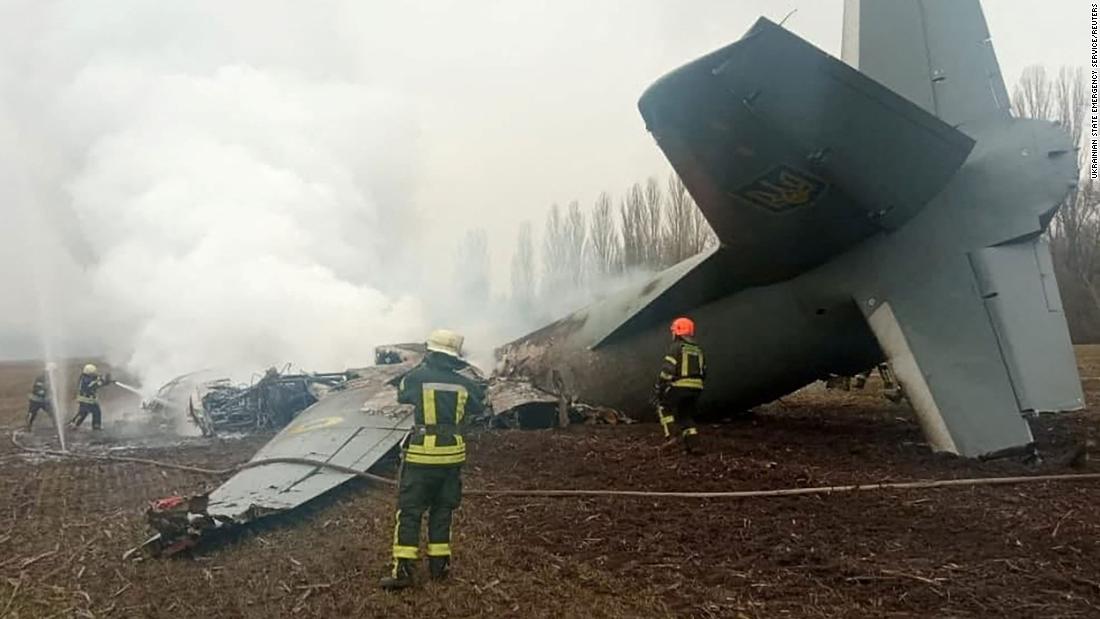Midwest, South-Central States Bear Brunt of Gun Homicides
In these two regions of the country, increases in firearm homicides rose from 75 percent to 115 percent. between 2014 and 2019, according to the RAND Corporation.

The rate of homicides has spiked after decades of decreases, reversing a decline and exacerbating geographic and racial disparities in homicide deaths.
According to RAND Corporation researchers, the surge in murders stemmed from the proliferation of firearm homicides, reaching a rate of 4.4 deaths per 100,000 population in 2019. The figure amounts to three out of every four homicides ― the highest rate since systematic data on homicide mechanisms became available.
The Midwestern and South-Central states bared the brunt of the increases, the researchers said in a note published in the New England Journal of Medicine.
In the two regions of the country, increases in firearm homicides rose from 75 percent to 115 percent.
“Many of the demographic groups that already were heavily exposed to firearm violence have experienced some of the largest recent increases in firearm homicides,” Rosanna Smart, the study’s lead author and an economist at RAND, a nonprofit research organization, wrote.
“Unfortunately, this ongoing spike in firearm killings has reversed a trend that saw disparities waning over the previous two decades.”
The states with the most significant increases were Missouri, Alaska, New Mexico, Kentucky, and Alabama.
In contrast, the states of Connecticut, New York, Nebraska, New Jersey, and Massachusetts had the lowest, according to the study.
On average, after decreasing by one percent annually from 2006 to 2014, firearm homicide rates increased by 6 percent each year from 2014 to 2019.
According to a press release on the study issued Thursday, after accounting for age, urbanicity, sex and state, the annual increase in the rate of firearm homicide from 2014 to 2019 was 7 percent higher among American Indians and Alaska Natives than it was among non-Hispanic Whites.
The rate of increased firearm homicide also was 2percent higher among non-Hispanic Black people than it was among non-Hispanic White people.
However, the study found the firearm homicide trend to be isolated and doesn’t reflect similar trends in other forms of homicides.
“These increases are specific to firearm homicide and are not mirrored in trends in other types of homicides,” Smart said.
“Research is urgently needed to understand the societal shifts that contribute to these large changes in firearm violence within particular groups and to identify ways to reverse those trends.”
Support for the research was provided by the National Institutes of Health and the federal Centers for Disease Control and Prevention.
Other authors of the study are Terry L. Schell, Andrew R. Morral and Nancy Nicosia.
James Van Bramer is associate editor of The Crime Report

 Landwebs
Landwebs 




















